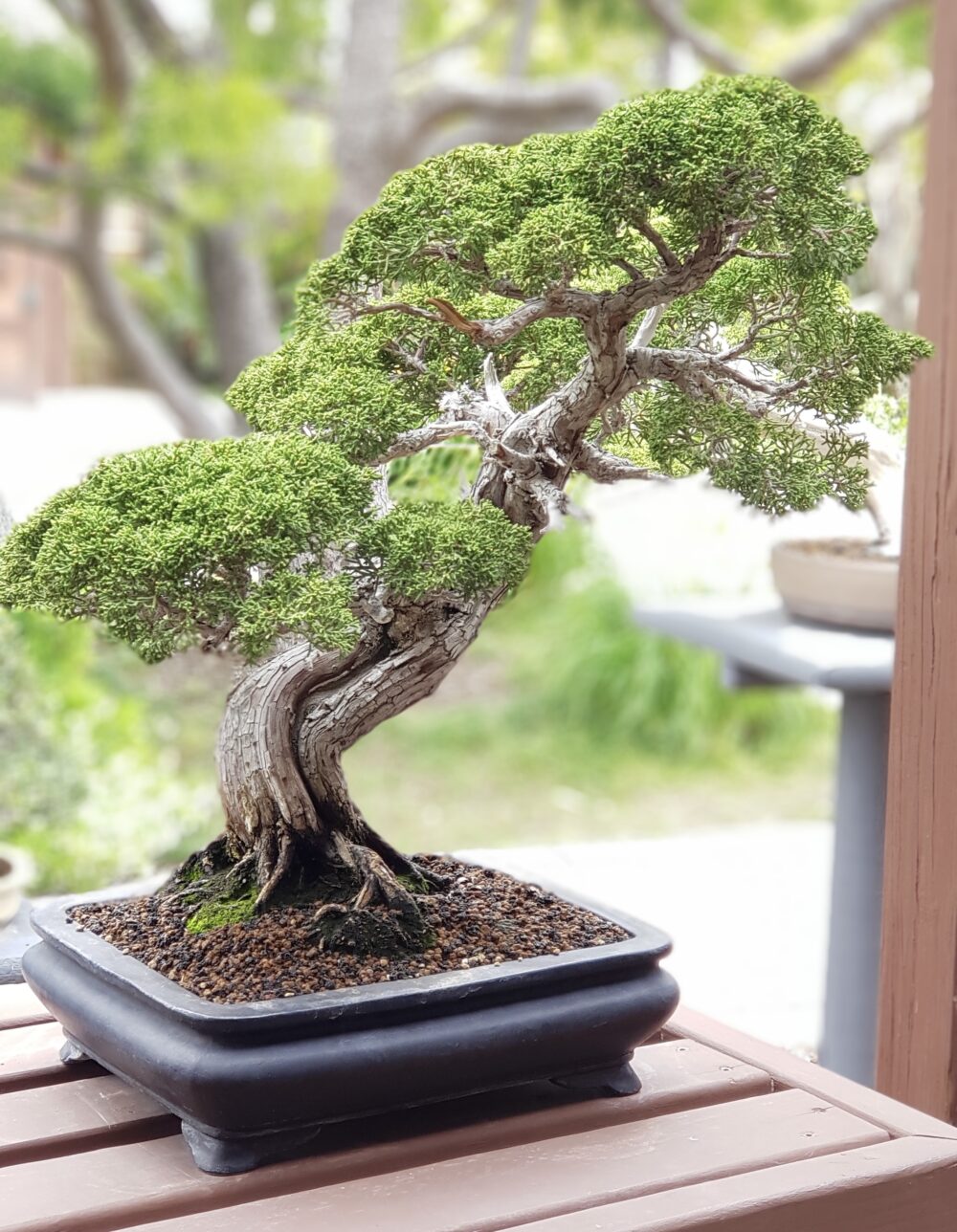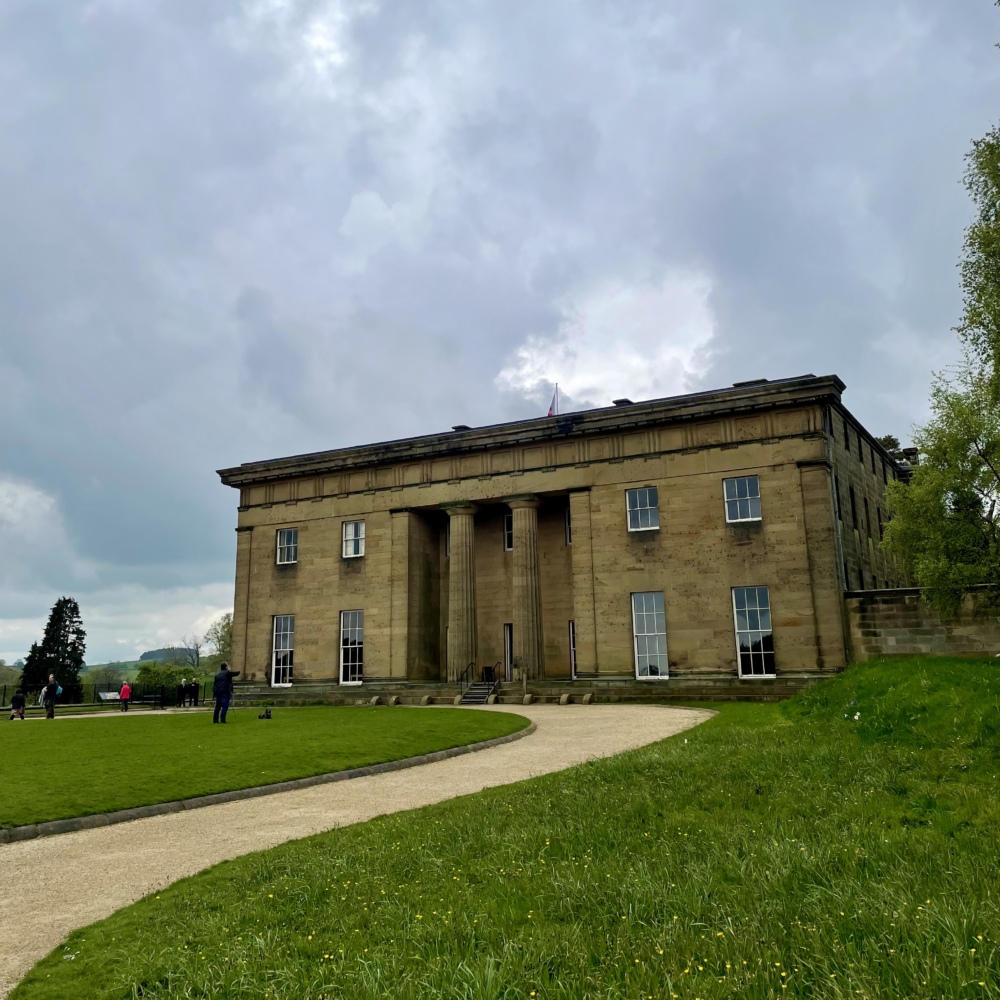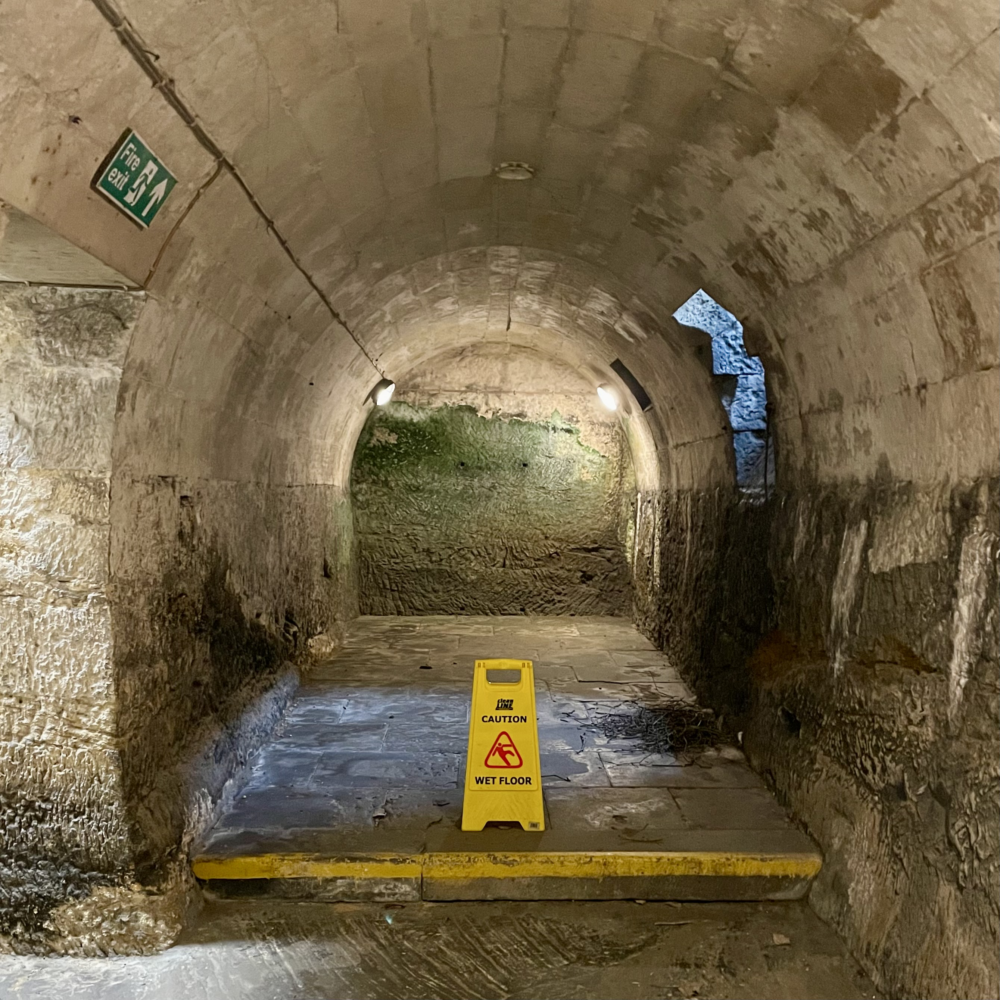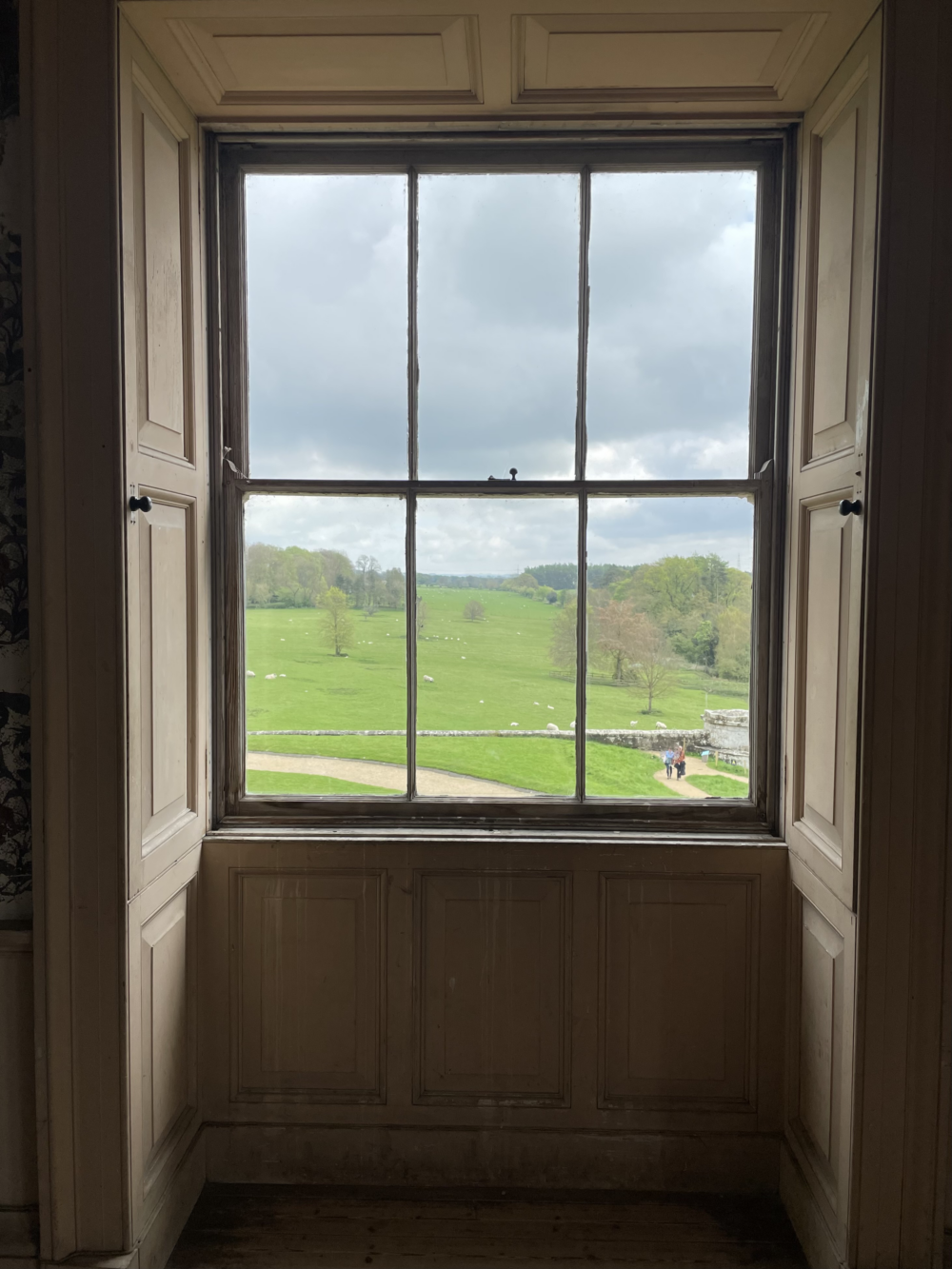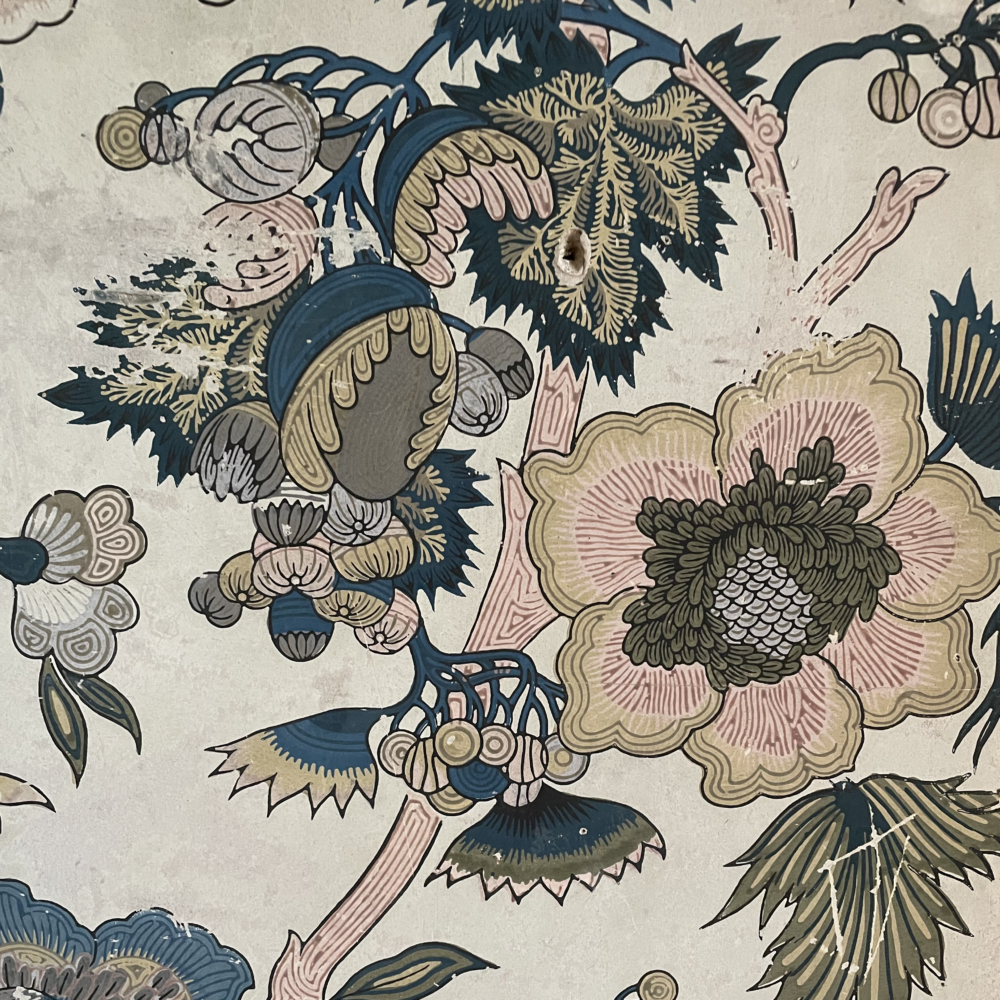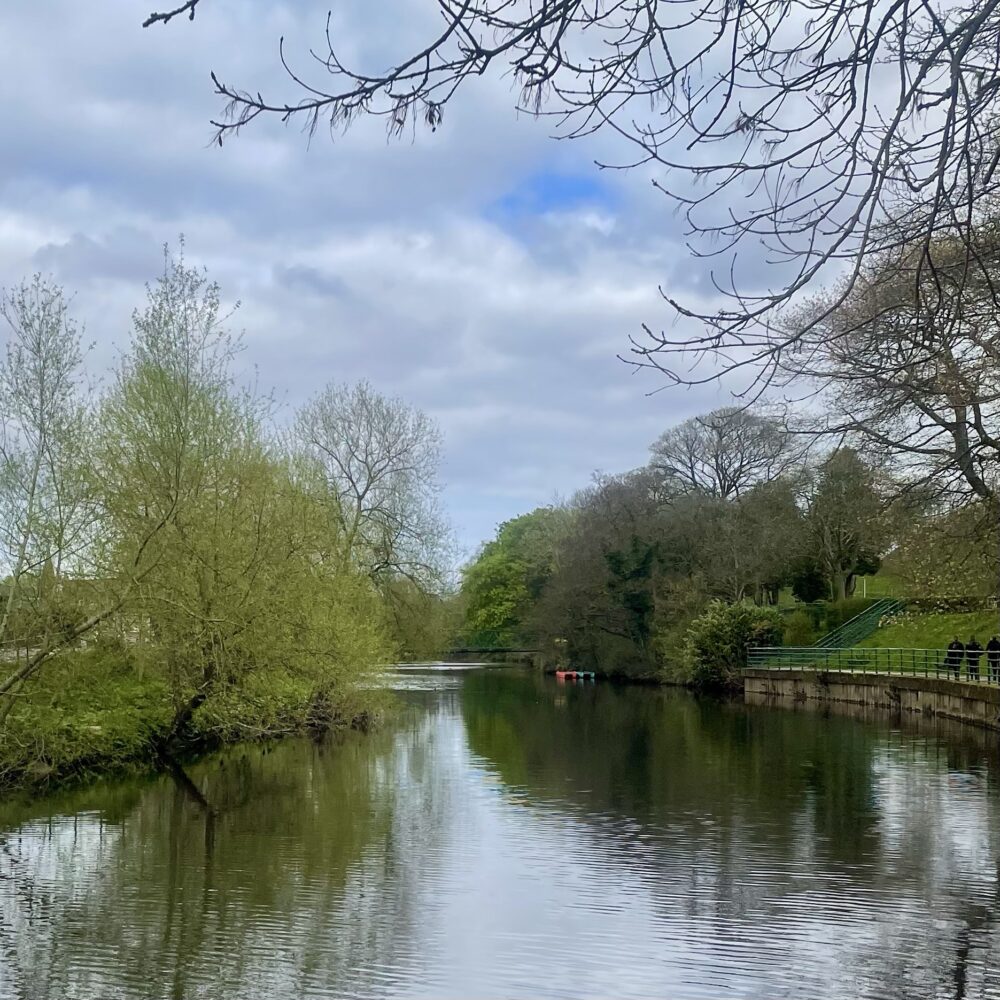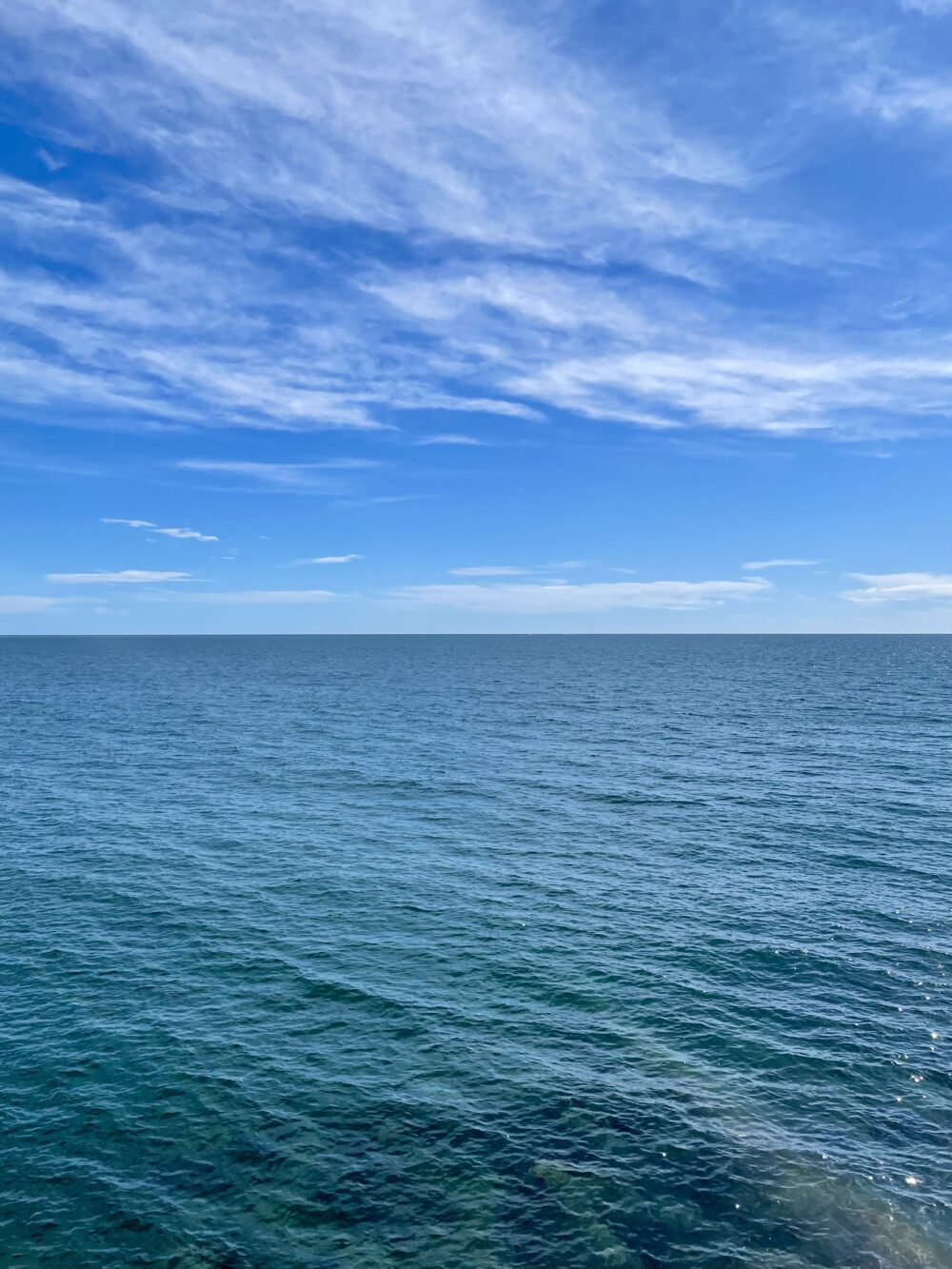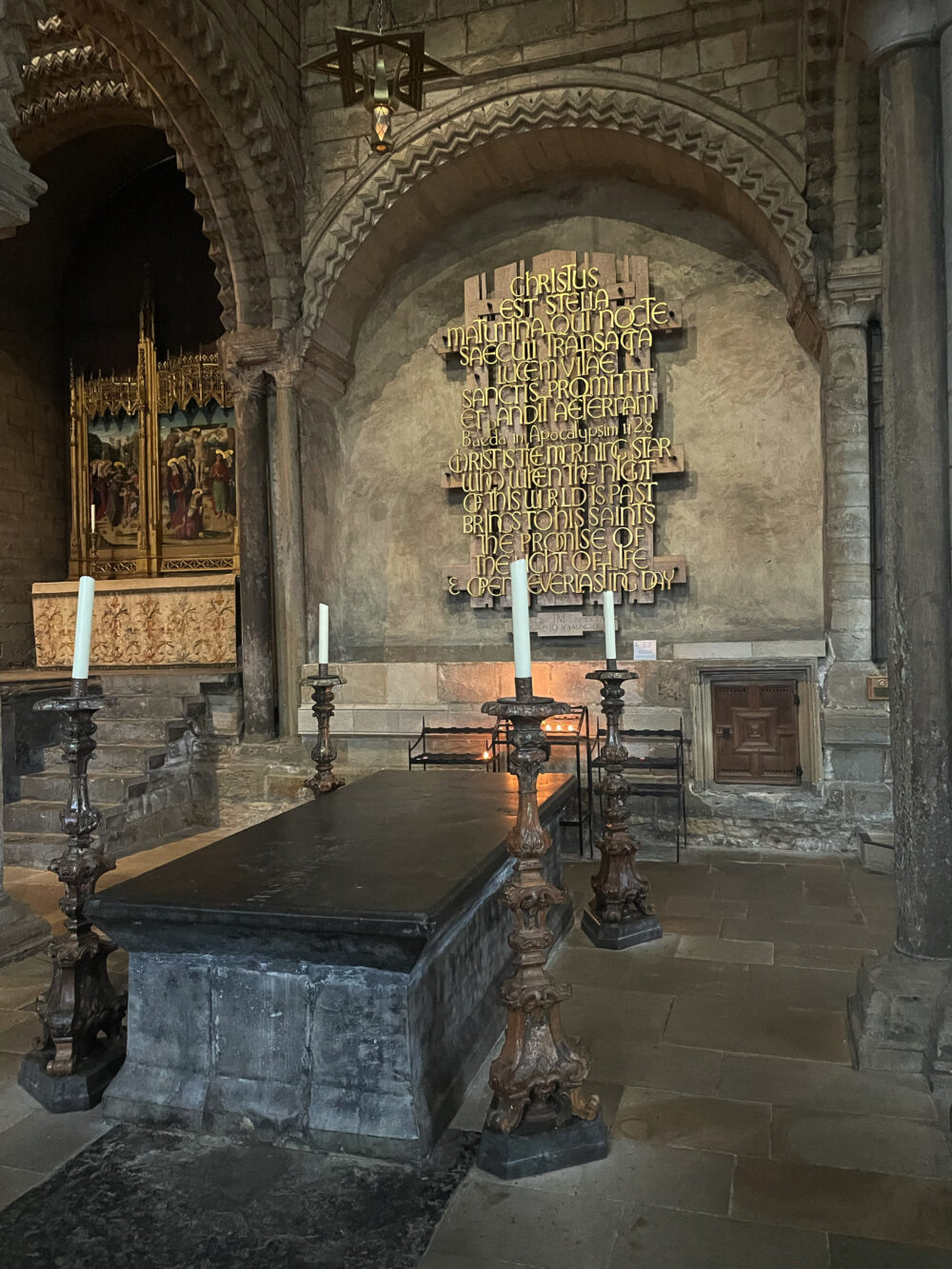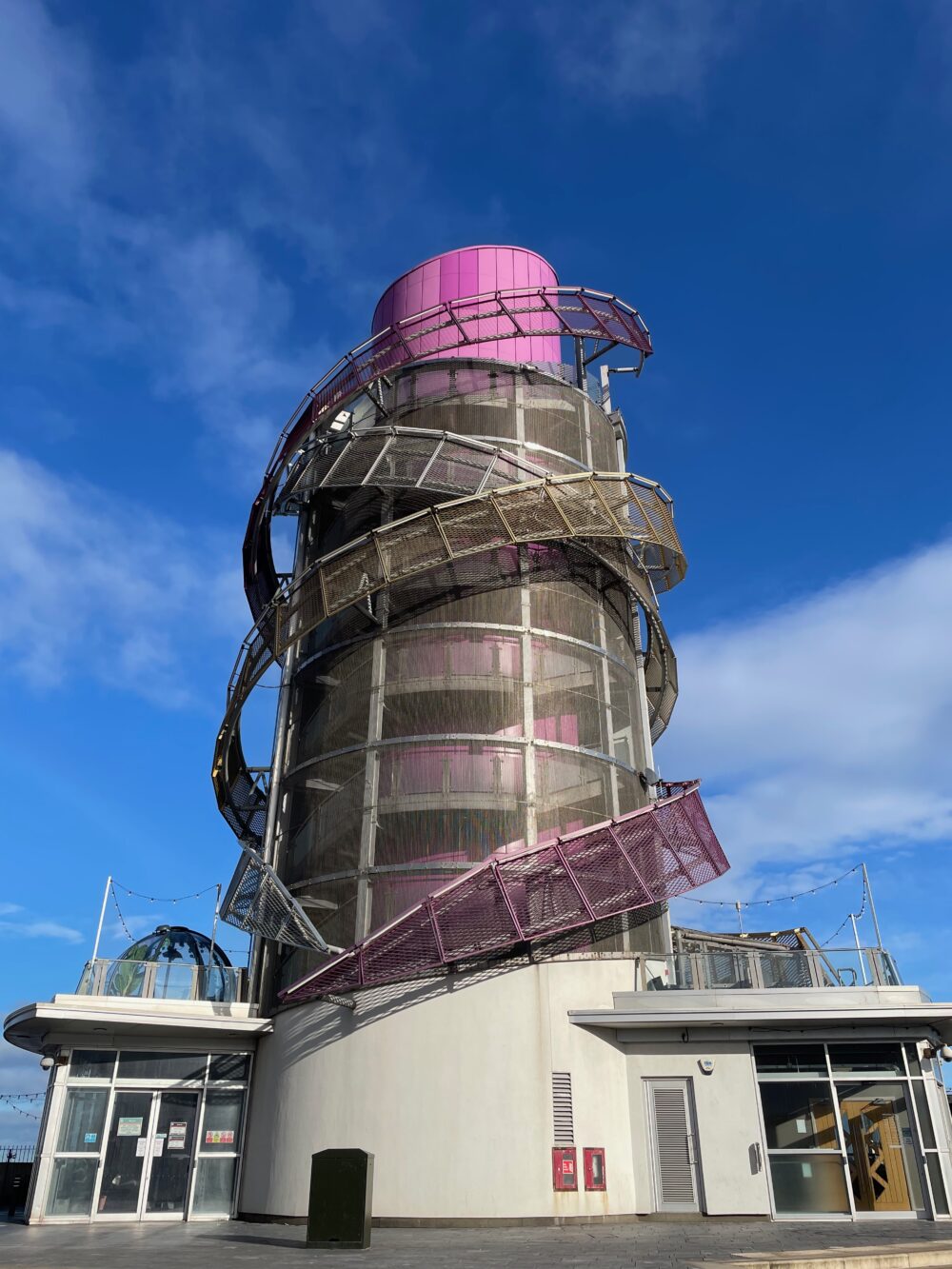224 words posted by Simon on 17 February 2024
I recently dined at a restaurant in Leeds. It was part of a chain described by its owners as ‘sophisticated’, ‘elegant’ and ‘flawless’. The food was, indeed, delicious—much better than I expected. Regrettably, the bill was also larger than I expected.
I was surprised that the maître d’ handed me six menus as he seated me: the main menu, a prix fixe menu, a specials menu, a wine list, a cocktail list, and a mocktail list. In situations like this, my mum is wont to request a filing cabinet, though in her absence, I just muttered something like ‘goodness’.
In the years since the pandemic, I haven’t been anywhere where I’ve experienced a similar surfeit of menus, and it struck me as a little strange. It wouldn’t have seemed unusual a few years ago; the range might have been a plus, the keenness to fill so many pages indicative of a desire to wax lyrical about the virtues of the dishes.
These days, it reads as a lack of confidence in food quality. The menu served not as a brief collection of equally excellent options but an endless list of things one might fancy.
It’s interesting to note how my perception of an approach has changed without me noticing.
The image at the top of this post was generated by DALL·E 3.
